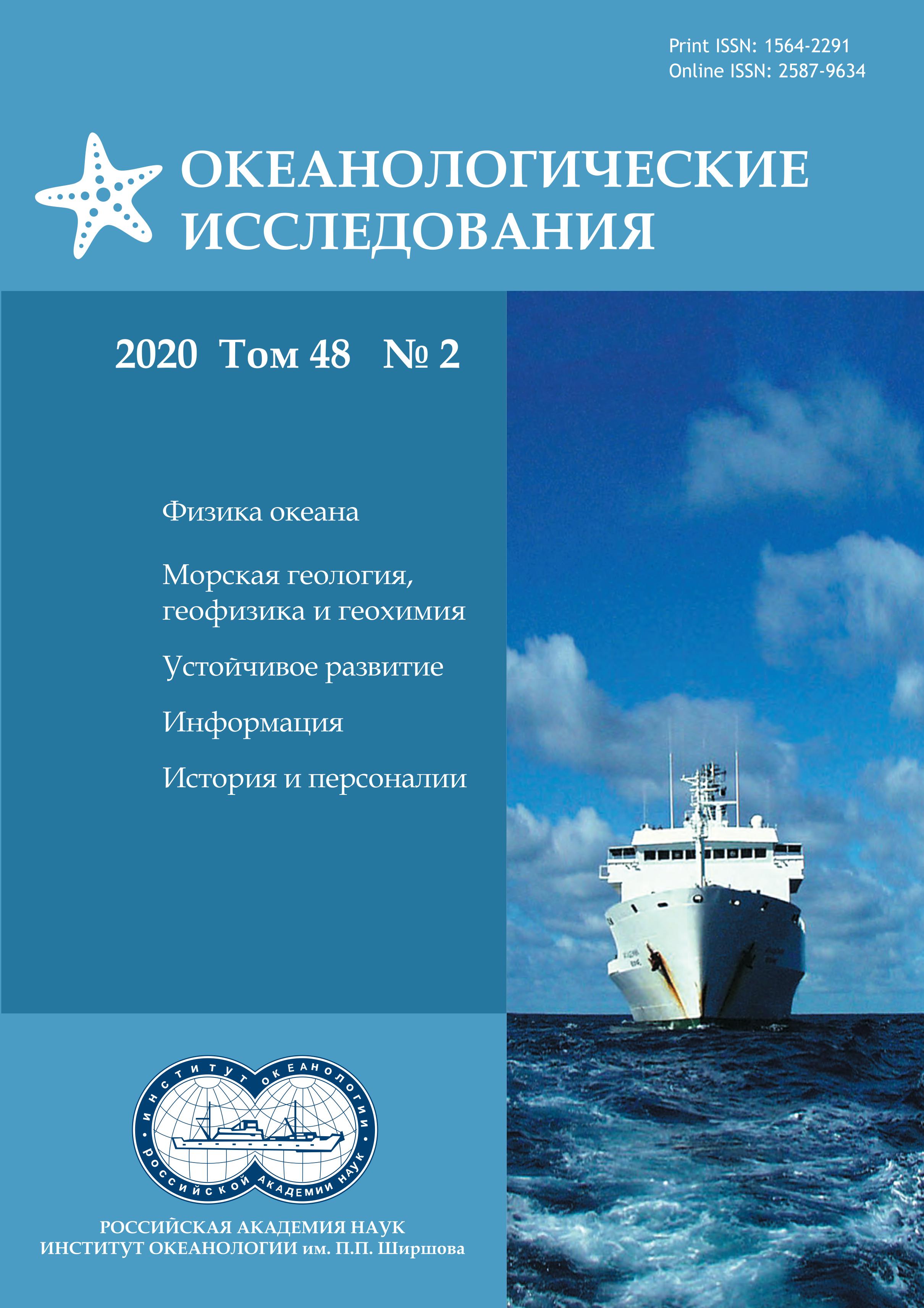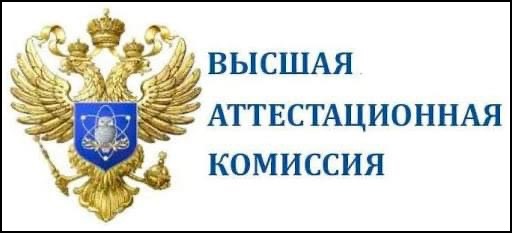РАСЧЕТ ЗНАЧЕНИЙ ПАРАМЕТРОВ ДЛЯ ХАРАКТЕРИСТИКИ ПОСЛЕДСТВИЙ РАБОТ ПО ДНОУГЛУБЛЕНИЮ И ДАМПИНГУ ДОННЫХ ОСАДКОВ: ОЦЕНКА С ПОМОЩЬЮ ВВ-МОДЕЛИ
Аннотация
Разработанная ВВ-модель использована для оценки последствий планируемых работ по дноуглублению и дампингу грунта по проекту реконструкции и модернизации территории порта г. Пионерский (Калининградская область). Комплекс работ включает 11 этапов, в ходе которых при дноуглублении со дна извлекаются донные осадки разного типа, часть этих осадков переносится за пределы акватории порта и сбрасывается в морской подводный отвал, а часть используется для гидротехнических строительных работ в порту. При дноуглублении и дампинге грунта образуются зоны дополнительной мутности воды (с концентрацией взвешенного вещества >50 мг/л), его осаждение вызывает формирование слоя осадков на дне. В процессе математического моделирования по каждому этапу работ вычисляются по технологическим данным о проекте течения в акватории порта, количества извлекаемых со дна грунтов разного типа, их перераспределения по морской акватории, концентрации взвешенных веществ в морской воде и показатели (площади и объемы) формирующихся зон дополнительной мутности воды вследствие строительных работ. Расчетные данные могут быть использованы для составления ОВОС по данному проекту.
Литература
- Гидрометеорологический режим лагуны р. Вистула / Ред. Н.Н. Лазаренко, А. Маевский. Л.: Гидрометеоиздат, 1971. 279 с.
- Методические указания по расчету распространения зон мутности при дноуглублении и дампинге на акваториях ВМФ. М.: МО РФ, 2003. 80 с.
- Нефть и окружающая среда Калининградской области. Т. II: Море / под ред. В.В. Сивкова, Ю.С. Кейджана, О.Е. Пичужкиной, В.Н. Фельдмана. Калининград: Терра Балтика, 2012. 576 с.
- Подгорный К.А. Математическое моделирование пресноводных экосистем нестратифицированных водоемов (алгоритмы и численные методы). Рыбинск: Издательство: ОАО Рыбинский Дом печати, 2003. 328 с.
- Chao X., Jia Y., Shields Jr. F.D., Wang S.S.Y., Cooper C.M. Three-dimensional modeling of cohesive sediment transport and wind wave impact in a shallow oxbow lake // Adv. in Water Res. 2008. Vol. 31. P. 1004–1014.
- Hamilton D.P., Mitchell S.F. An empirical model for sediment resuspension in shallow lakes // Hydrobiologia. 1996. Vol. 317. P. 209–220.
- Lou J., Schwab D.J., Beletsky D., Hawley N. A model of sediment resuspension and transport dynamics in southern Lake Michigan // J. Geophys. Res. 2000. Vol. 105. P. 6591–6610.
- Mehta A.J., Partheniades E. An investigation of the depositional properties of flocculated fine sediment // J. Hydraul. Res. 1975. Vol. 13. P. 361–381.
- Podgorny K.A., Leonov A.V. Simulation of the processes of distribution of suspended matter in marine coastal areas. 1. Description of the SM-model // Journal of Oceanological Research. 2017 a. No. 45. P. 109–141.
- Podgorny K.A., Leonov A.V. Simulation of the processes of distribution of suspended matter in marine coastal areas. 2. Testing and practical application of the SM-model // Journal of Oceanological Research. 2017 b. No. 45. P. 142–162.
- Stanev E.V., Dobrynin M., Pleskachevsky A., et al. Bed shear stress in the southern North Sea as an important driver for suspended sediment dynamics // Ocean Dynamics. 2009. Vol. 59. P. 183–194.
- Ziegler C.K., Nisbet B.S. Long-term simulation of fine-grained sediment transport in large reservoir // J. Hydraul. Eng. 1995. Vol. 121. P. 773–781.
Передача авторских прав происходит на основании лицензионного договора между Автором и Федеральным государственным бюджетным учреждением науки Институт океанологии им. П.П. Ширшова Российской академии наук (ИО РАН)













